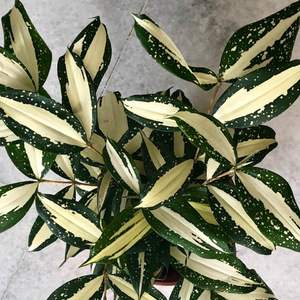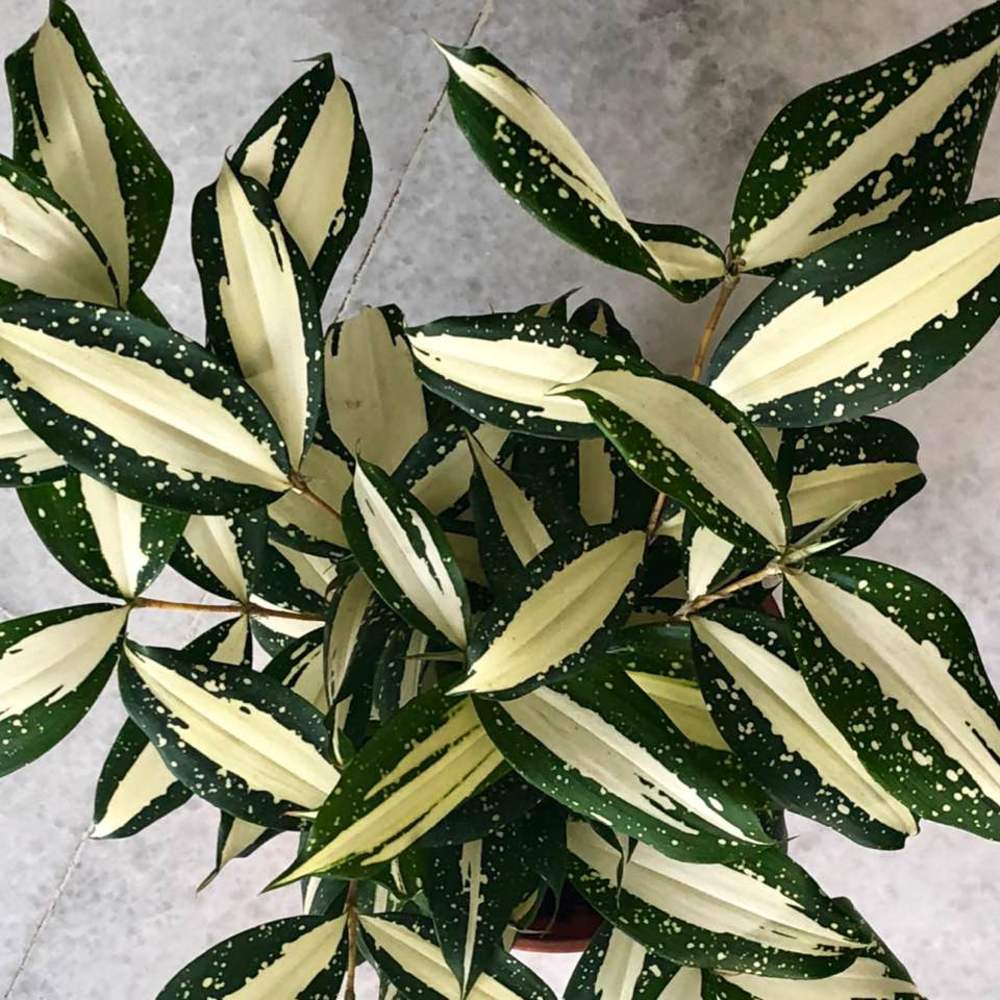植物经验
详细说明
While all dracaena are easy to grow, they do have different features. For instance, dragontree (Dracaena marginata), which grows up to 6 feet tall indoors, resembles a small palm tree with narrow, green leaves on woody, upright stems_. Song of India (_Dracaena reflexa 'Variegata') has a more compact shape with whorls of variegated green leaves edged with yellow; it grows from 3 to 6 feet tall. The corn plant has broad, variegated leaves that are about 2 feet long and 3 inches wide.
Containers and Placement
Containers must promote good drainage. Choose clay pots with drainage holes that allow the soil to partially dry out in between watering, but don't allow the soil to dry out completely. Place your pot where the plant can get bright light but is out of direct sunlight. If the leaves on your plant begin to fade and grow longer, the plant may need more light.
Soil and Water
Dracaena thrive in rich soil with plenty of organic material, such as a well-draining, peaty commercial potting soil. Water the plant thoroughly once a week, allowing the water to run through the container completely. Do this by placing the pot in the sink to water or by having a saucer deep enough to catch the water as it runs through. Water slowly, only until you begin to see water in the saucer.
Feeding and Pruning
Like all indoor plants, dracaena thrive with only one or two feedings with a fertilizer designed specifically for houseplants. Feed the plant only during the growing season, between March and September. Dracaena plants respond well to pruning, so if you want to reduce the height of a dragontree for example, cut off the stem and a new crown of leaves will grow back. If the leaves on your plant have turned brown from too little light or from underwatering, cut them off and new ones will grow in their place.
Problems
Pests and disease are rare problems with dracaena, but fluoride in your water may cause the plant's leaves to turn yellow or brown at the tips. Try using distilled water or rainwater to see if you can solve the problem. The same symptoms may result from low humidity, so add a layer of gravel in the bottom of the plant's saucer to create a more moist atmosphere. The water held by the pebbles will evaporate into the air directly around the plant in a slow and consistent way, thereby creating a small, mini-atmosphere of moist air around the plant.
Warning
Dracaena can be toxic to both dogs and cats if they eat the plant. Symptoms of poisoning can include vomiting, depression, weight loss, hypersalivation and dilated pupils.
Containers and Placement
Containers must promote good drainage. Choose clay pots with drainage holes that allow the soil to partially dry out in between watering, but don't allow the soil to dry out completely. Place your pot where the plant can get bright light but is out of direct sunlight. If the leaves on your plant begin to fade and grow longer, the plant may need more light.
Soil and Water
Dracaena thrive in rich soil with plenty of organic material, such as a well-draining, peaty commercial potting soil. Water the plant thoroughly once a week, allowing the water to run through the container completely. Do this by placing the pot in the sink to water or by having a saucer deep enough to catch the water as it runs through. Water slowly, only until you begin to see water in the saucer.
Feeding and Pruning
Like all indoor plants, dracaena thrive with only one or two feedings with a fertilizer designed specifically for houseplants. Feed the plant only during the growing season, between March and September. Dracaena plants respond well to pruning, so if you want to reduce the height of a dragontree for example, cut off the stem and a new crown of leaves will grow back. If the leaves on your plant have turned brown from too little light or from underwatering, cut them off and new ones will grow in their place.
Problems
Pests and disease are rare problems with dracaena, but fluoride in your water may cause the plant's leaves to turn yellow or brown at the tips. Try using distilled water or rainwater to see if you can solve the problem. The same symptoms may result from low humidity, so add a layer of gravel in the bottom of the plant's saucer to create a more moist atmosphere. The water held by the pebbles will evaporate into the air directly around the plant in a slow and consistent way, thereby creating a small, mini-atmosphere of moist air around the plant.
Warning
Dracaena can be toxic to both dogs and cats if they eat the plant. Symptoms of poisoning can include vomiting, depression, weight loss, hypersalivation and dilated pupils.
花相册 (2)


kensong
2018年06月02日

This is my first growing diary.







